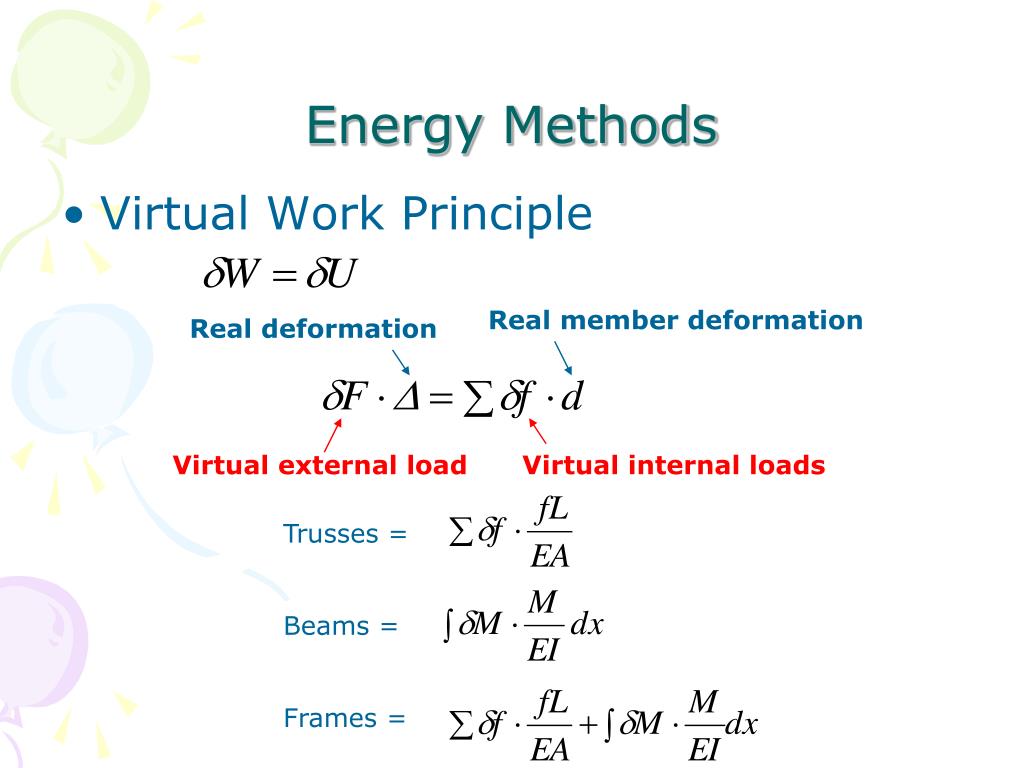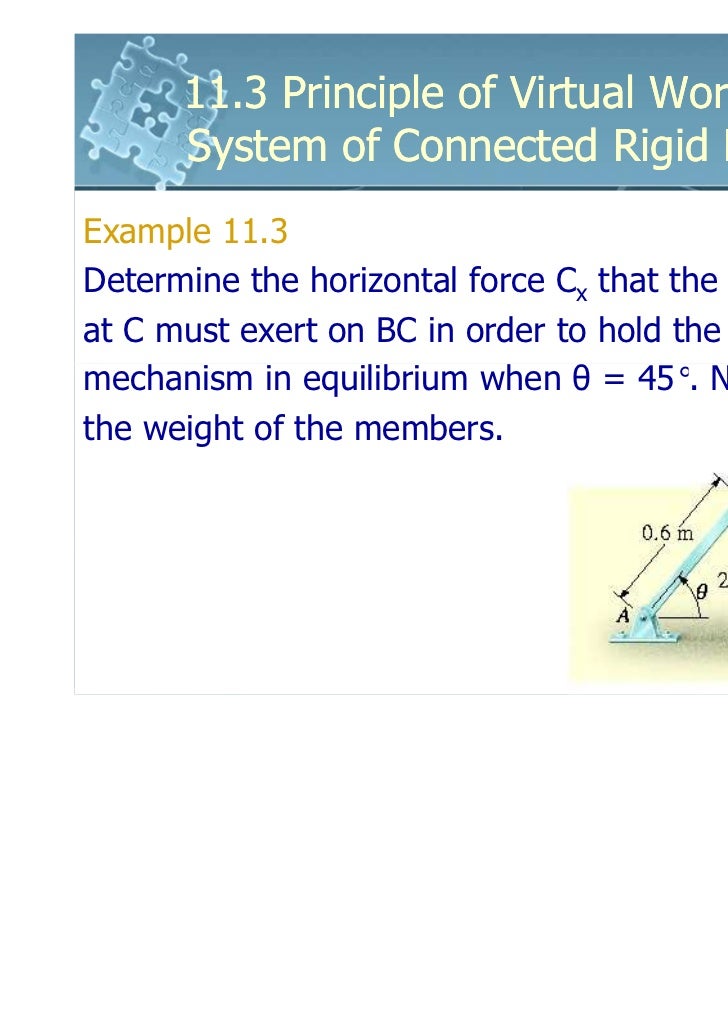


In the idealized form, the two columns and the beam of the frame are represented by lines passing through their respective neutral axes. Figures 1.10a and 1.10b depict a frame and its idealization, respectively. In the idealized form, the beam is represented as a line along the beam’s neutral axis, and the load acting on the beam is shown as a point or concentrated load because the load occupies an area that is significantly less than the total area of the structure’s surface in the plane of its application.

The plan of the same beam is shown in Figure 1.9b, and the idealization of the beam is shown in Figure 1.9c. Figure 1.9a shows a simply supported wide-flange beam structure and its load. The choice of an appropriate simplified model is a very important aspect of the analysis process, since the predictive response of such idealization must be the same as that of the actual structure. To make analysis less cumbersome, structures are represented in simplified forms. Civil engineering structures and their loads are most often complex and thus require rigorous analysis. Structural idealization is a process in which an actual structure and the loads acting on it are replaced by simpler models for the purpose of analysis. The principle of virtual work of a rigid body states that if a rigid body is in equilibrium, the total virtual work performed by all the external forces acting on the body is zero for any virtual displacement. Since the beam is in equilibrium, \(\delta W=0\) (by the definition of the principle of virtual work of a body).


 0 kommentar(er)
0 kommentar(er)
